Pronunciation:
(ah-RY-guh)Abbreviation:
AurGenitive:
AurigaeRight Ascension:
6 hoursDeclination:
40 degreesArea in Square Degrees:
657Crosses Meridian:
9 PM, January 10Visible Between Latitudes:
90 and -40 degreesThe constellation Auriga, the charioteer, can be seen most of the year in northern latitudes due to its circumpolar nature. It is visible at latitudes between 90 degrees and -40 degrees. It is a medium-sized constellation that fills 657 square degrees of the sky. It ranks 21st in size among the 88 constellations in the night sky. It is bordered by the constellations Camelopardalis, Gemini, Lynx, Perseus, and Taurus. Auriga is the site of the galactic anticenter, a theoretical point in the sky that lies directly opposite the center of the Milky Way Galaxy. The center of the Milky Way lies 180 degrees away in the direction of the constellation Sagittarius.
Auriga is one of the 48 constellations first listed by the Greek astronomer Ptolemy in the second century. The name means “the charioteer” in Latin. It is an ancient constellation with roots in many cultures. It was first recognized in Mesopotamia as a scimitar or crook. The crook stood for a goat-herd or shepherd. To the ancient Bedouin astronomers, the constellation represented a herd of goats. The Chinese saw it as Wuche, the five chariots of the celestial emperors and the representation of the grain harvest. In Greek mythology, it represented the charioteer Erechtheus, who is seen carrying his children in his arm. This constellation is believed to have originated with the Babylonians. In some references, the charioteer carries a goat along with the two children. His other hand holds the reins to the chariot.
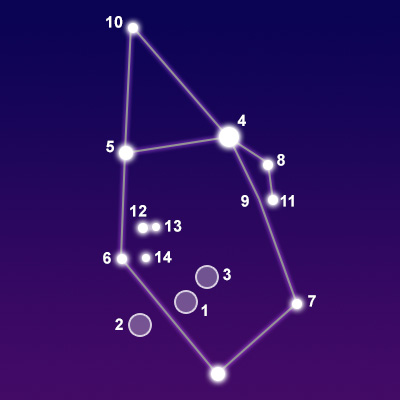
points of interest below © Sea and Sky
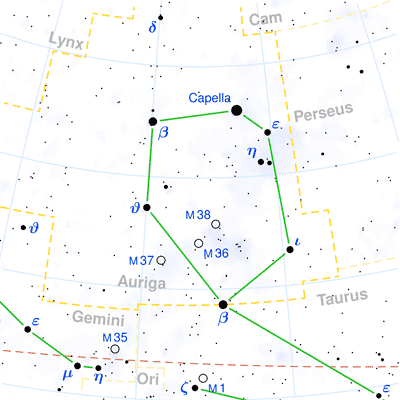
© Torsten Bronger CC BY-SA 3.0
M37
M38
Capella
Menkalinan
Mahasim
Hassaleh
Almaaz
Haedus II
Prijipati
Haedus
Nu Aurigae
Tau Aurigae
Upsilon Aurigae
N/A
N/A
"She-Goat"
"Shoulder of the Charioteer"
"Wrist"
"East End of the Belt"
"He-Goat"
"Middle of the Belt"
"Lord of Creation"
"One of the Kids"
N/A
N/A
N/A
Open Star Cluster
Open Star Cluster
Double Binary Star System
Binary Star System
Binary Star System
Orange Giant Star
Eclipsing Binary Star System
Blue Subgiant Star
Binary Star System
Binary Star System
Yellow Giant Star
Yellow Giant Star
Red Giant Star
6.20
7.40
0.08
1.90
2.65
2.69
2.98
3.18
3.72
3.75
3.96
4.51
4.74
Auriga is famous for the bright star Capella. With a visual magnitude of 0.08, it is the sixth brightest star in the night sky and the brightest star in the constellation. It is a double binary star system located only 42 light years from Earth. Only two stars in the northern hemisphere are brighter than Capella. These are Vega in Lyra and Arcturis in Boötes. The second brightest star in Auriga is Menkalinan with a magnitude of 1.90. It is a binary star system that lies approximately 85 light years from our solar system. The third brightest star is Mahasim with a magnitude of 2.65. It is also a binary star system located some 173 light years away.
Auriga contains three Messier objects, all of which are open star clusters. M36 is a bright open cluster of at least 60 stars. M37 is an open cluster containing around 500 stars. M38 is an open cluster with about 100 stars. Other deep-sky objects in this constellation include an emission/reflection nebula known as the Flaming Star Nebula and an emission nebula known as IC 410. While the Messier objects are bright enough to be seen in binoculars, the nebulas are extremely dim and can only be see with large telescopes.
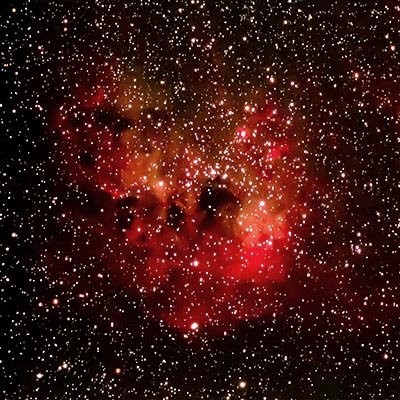
© Jeffrey William McClure / CC BY-SA 3.0
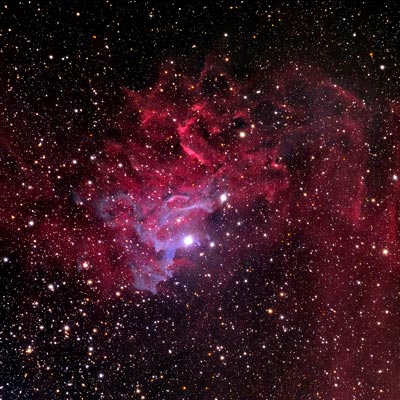
© Hunter Wilson / CC BY-SA 3.0
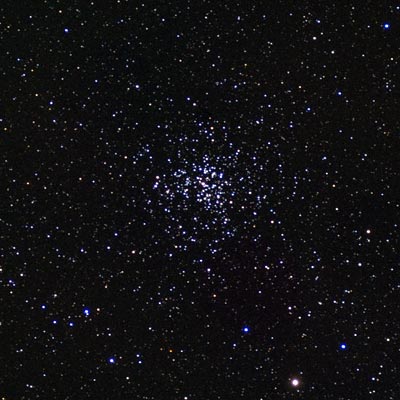
© Ole Nielsen / CC BY-SA 2.5
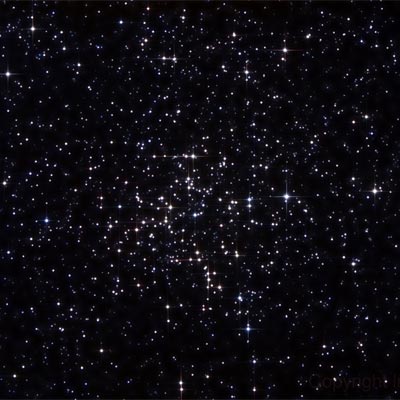
© Miguel Garcia / CC BY-SA 4.0



